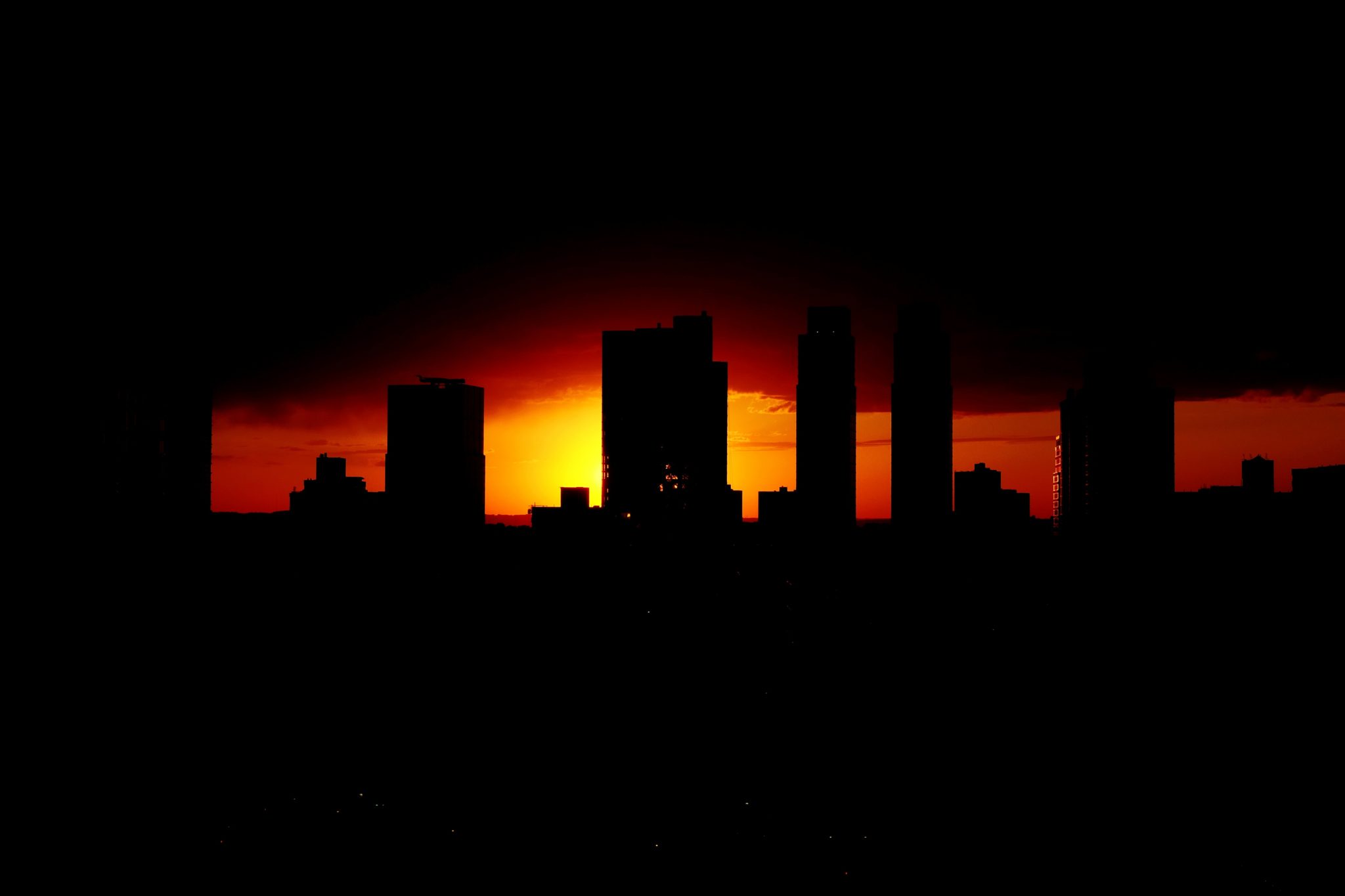The National Energy Regulator of South Africa (NERSA) decided on Thursday to hike electricity prices by 18.65%, taking effect by April 1.
This comes as South Africans face Stage 6 rolling blackouts for the foreseeable future, with most citizens sitting in the dark for more than six hours a day.
Cape Town Mayor Geordin Hill-Lewis took to Twitter to say: “Eskom’s NERSA-approved 18,6% electricity price hike is unfair, unaffordable, and unjust. The City is planning to lessen reliance on Eskom’s increasingly unaffordable electricity by buying power on the open market.”
In the submission to NERSA in September 2022, Eskom wanted South Africans to pay 32% more for electricity in the new financial year.
While the 18.65% tariff hike is less than the 32% requested, Eskom gets another 12.74% hike in April 2024.
Loading...
The state-owned enterprise is aiming to recover R351 billion ($21 billion) with the tariff hike for 2023/2024, and R381 billion ($22.7 billion) in 2024/2025.
In Eskom’s financial results released last month, the 2021/2022 financial year’s losses were R12.3 billion ($734 million) as opposed to R25 billion ($1.5 billion) the year before, according to BusinessTech. The reduction in loss was reportedly due to higher sales revenue driven by a 15% tariff increase.
“How much of Eskom’s problem is having to be shouldered by customers – rather than finding a broader solution that would deal with things like debt – and not have to give its customers the result of its mismanagement and the financial burden of continuing its system?” says David Fig, a South African political economist and environmental sociologist, to FORBES AFRICA.
Fig goes onto say that the financial problems of Eskom need to be resolved in a different way, as not just the domestic arena has been affected by interrupted power availability, but industry too.
The state-owned enterprise reports that in 2023, the debt is likely to be R20.1 billion ($1.2 billion), without taking into account the price increase.
Fig posits that we are in a global situation where power is becoming more expensive for most people on the planet, as a result of shortages, and the war in Europe disrupting the supply chain. The situation in South Africa, he says, is partly a response to the global rise in energy costs.
Eskom has invested in a range of renewables. A criticism of solar is often that the sun isn’t always shining – but there are ways of capturing, storing and reusing solar.
With all sources of energy, Fig says there are problems of intermittency.
“So, for example, if you invest in more nuclear you also have periods when the reactors have to be stopped for 18 months – periods of fuel change, for example.”
When things go wrong at power stations, he says, this also creates a situation of intermittency. Something he doesn’t think is an excuse.
“I think every technology should be evaluated for a whole range of criteria, including costs, including appropriateness for our developing country, our economy, and not burdening us with huge debt, and the cost of poor decision-making.”
He concludes by saying that at the moment, the costs to the nation of solar and wind are far below all other costs of different energy technology.
“So, we have to consider it, and even if there are some challenges, we have to go ahead with them.”
With small and medium businesses, as well as working class families and those living below the poverty line likely to struggle to keep the lights on and the food from going off this year, we may have to collectively come up with sustainable alternatives – now, rather than later.
Loading...
